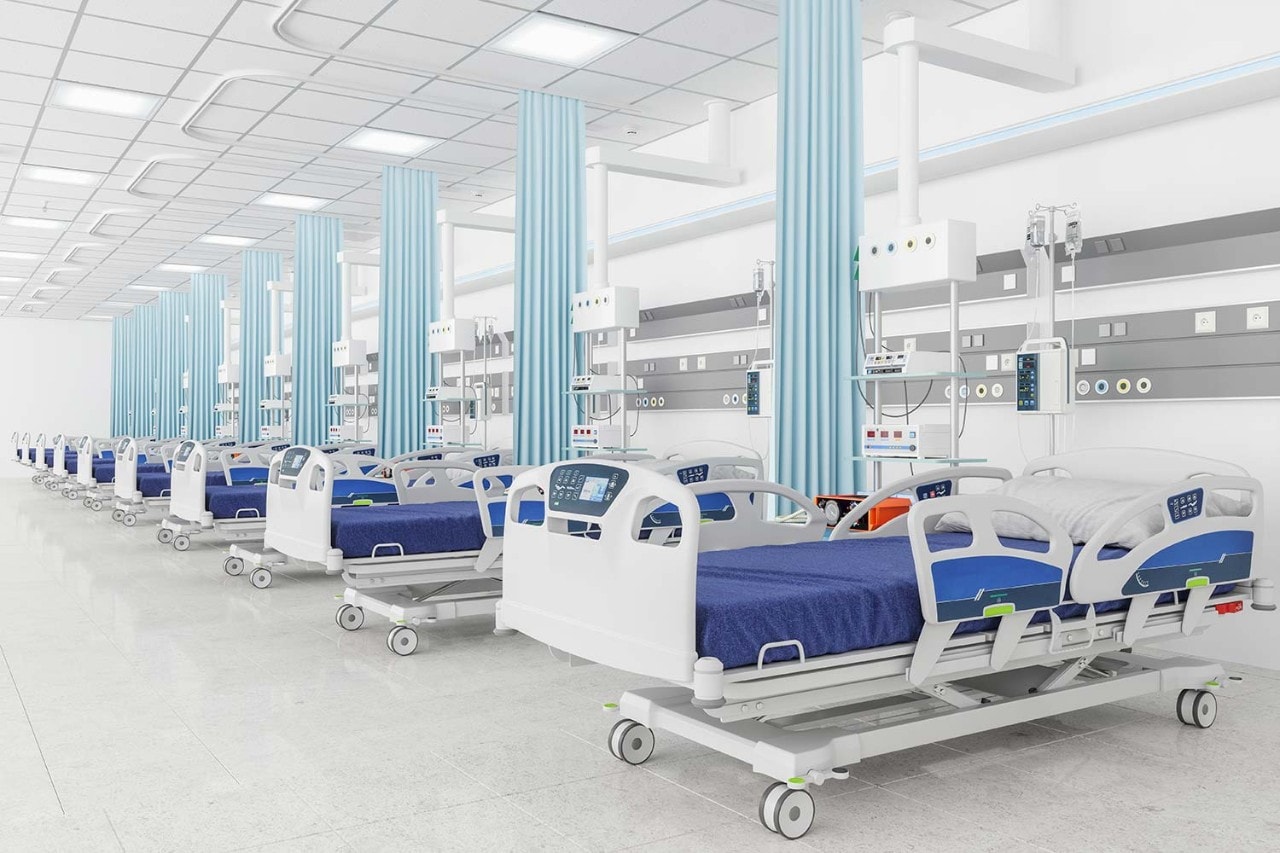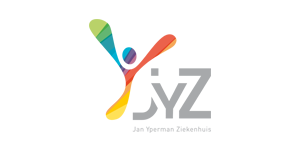- Referencje
- Jan Yperman Hospital

Hospitals save time and money with real-time medical device tracking

SAS helps reduce hospital costs and improve operations

10x
more cost-effective inventory management
Jan Yperman Hospital achieved this with Blyott and SAS® Visual Analytics on SAS® Viya®
Jan Yperman Hospital relies on Blyott and SAS® Visual Analytics on SAS® Viya® to monitor hospital asset locations and ensure optimal purchasing decisions
Hospitals use thousands of mobility aids, medical devices and other pieces of equipment daily. Beds, mattresses, wheelchairs, pain pumps, cardiac monitoring machines and a host of mobility aids help keep hospitals running. Managing and monitoring these items is a major, but necessary, challenge. Staff members lose valuable time if they have to search for available medical devices and equipment, making real-time location tracking more than just a convenience.
At Jan Yperman Hospital in Ypres, Belgium, analysis of data collected as part of the tracking process also allows for improved purchasing and operational efficiencies, and inventory management.
By using SAS, we can identify if assets are under or overutilized based upon their movements throughout the hospital. So if a hospital wants to buy three extra bladder scanners, we can now show why this is indeed a need. Gery Pollet Founder and Managing Director Blyott
The right equipment in the right place at the right time
Jan Yperman Hospital helped pioneer the real-time location system (RTLS) more than 10 years ago. The hospital’s thinking was simple: It’s smarter to monitor wheelchairs via RTLS than having orderlies waste time looking all over the hospital for them. Eventually, the hospital expanded the use of location determination beyond tracking devices and aids to include the detection of wandering patients and cases of aggression.
Jan Yperman Hospital first worked with RTLS using Wi-Fi tags. This turned out to be quite a labor-intensive process. Every two years, the hospital needed to change batteries in the more than 1,000 tags in its inventory. In addition to the expense of the batteries, the labor cost was high – it takes 10 minutes to install each new battery.
Jan Yperman Hospital partnered with Blyott to find a solution. Blyott is a plug-and-play machine learning and modular RTLS provider. Its technology allows hospitals to track the location of equipment in real time using Bluetooth receivers built into existing Wi-Fi access points.
Blyott suggested Bluetooth tags as an alternative. “They’re clearly cheaper,” says Norman Cleenewerck, who is responsible for biotechnology at Jan Yperman Hospital. “And we didn’t want to compromise on accuracy. With the Blyott solution, there are eight Bluetooth receivers per access point, and they pick up the tags, which ultimately produces a more accurate picture than localization via Wi-Fi tags.”
The Bluetooth tags proved to be more accurate than the battery-operated tags. Additionally, Bluetooth tags are less expensive and their batteries last much longer, making the approach up to 10 times more cost-effective.
The real value comes from analytics
The switch to Bluetooth tags was just the beginning. The hospital now analyzes the location data using SAS Visual Analytics on SAS Viya. The data provides useful information in two key areas: optimal utilization of assets and optimal product inventory.
“By using SAS, we can identify if assets are under- or overutilized based upon their movements throughout the hospital,” says Gery Pollet, Blyott’s Founder and Managing Director. “So if a hospital wants to buy three extra bladder scanners, we can now show why this is indeed a need.”
Another critical asset Blyott now tracks are wheelchairs – because there never seemed to be one where needed. Thanks to Blyott, Jan Yperman staff members can now see the wheelchair inventory in real time across the hospital’s various locations. More importantly, they can predict when there will be a shortage and take appropriate actions to ensure there is always sufficient supply.
The remote insights model also makes it possible to visualize and analyze broken processes and bottlenecks in an organization. For example, the hospital can track patient flows. “How long are patients standing in the waiting room, meeting with their physicians, in the operating theaters, in the recovery rooms?” says Pollet. “By optimizing this process flow, additional modules can be generated for a hospital.”
With the remote insight module, it's possible to create dashboards that can be shared via secure URLs. For instance, a staff member can create a dashboard showing the availability of certain assets in all the storage rooms in that particular department. By clicking on the URL, a colleague can immediately see what assets are available or when shortages might occur in the future.
Hospitals with 500 beds can easily have as many as 5,000 mobility assets, explains Pollet. “We see that departments tend to keep more assets in stock than necessary, resulting in 10-to-20% overpurchasing. With this data, the hospital can now optimize purchasing and maintenance, as well as the logistical flow of its assets.”
Jan Yperman Hospital – Facts & Figures
532
beds
1,300
employees
130
doctors
SAS D[N]A Lab and Blyott
The collaboration with Blyott falls under the umbrella of the SAS D[N]A Lab, the open innovation platform and ecosystem for companies, startups and scale-ups in Benelux. Data analytics and process improvements are key elements of this partnership. The strength of D[N]A Lab lies in making innovations intelligent and scalable. As in the case of Blyott, SAS helps to properly embed innovations in the highly regulated environment of hospitals.
“SAS brings a lot of experience with highly regulated working environments, such as hospitals, that have to comply with laws and regulations like the new European Medical Devices Regulation,” says Arthur de Crook, Director of SAS D[N]A Lab. “We believe that the solution Blyott offers contributes to a better use of medical devices and can save hospitals a lot of time and money.”
Watch this video from Blyott to learn more about how SAS and Blyott are powering hospital operations.
